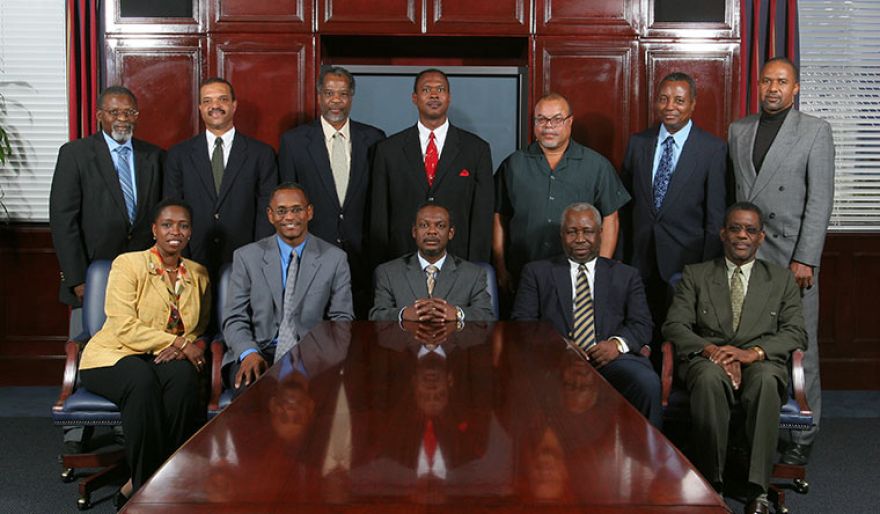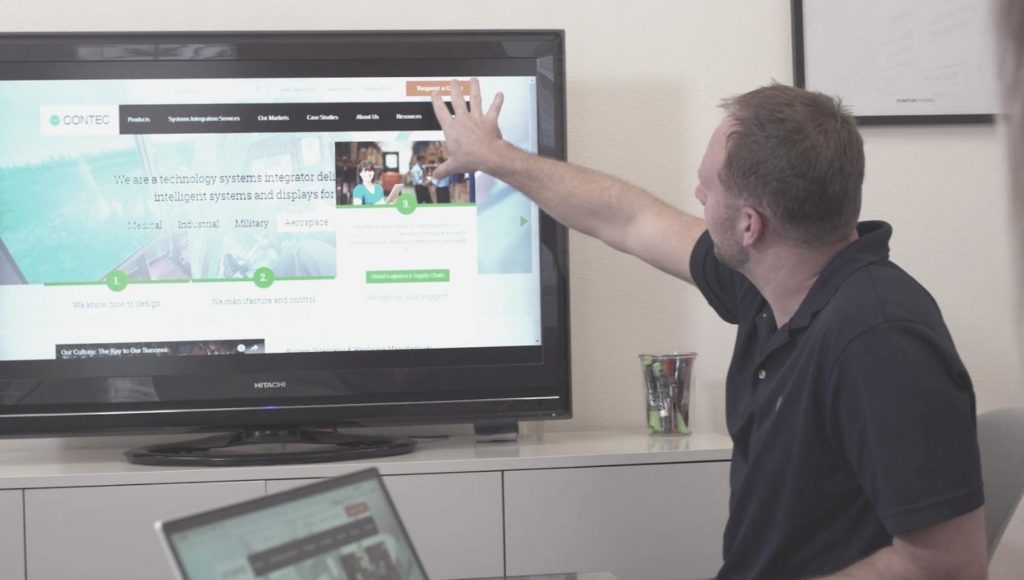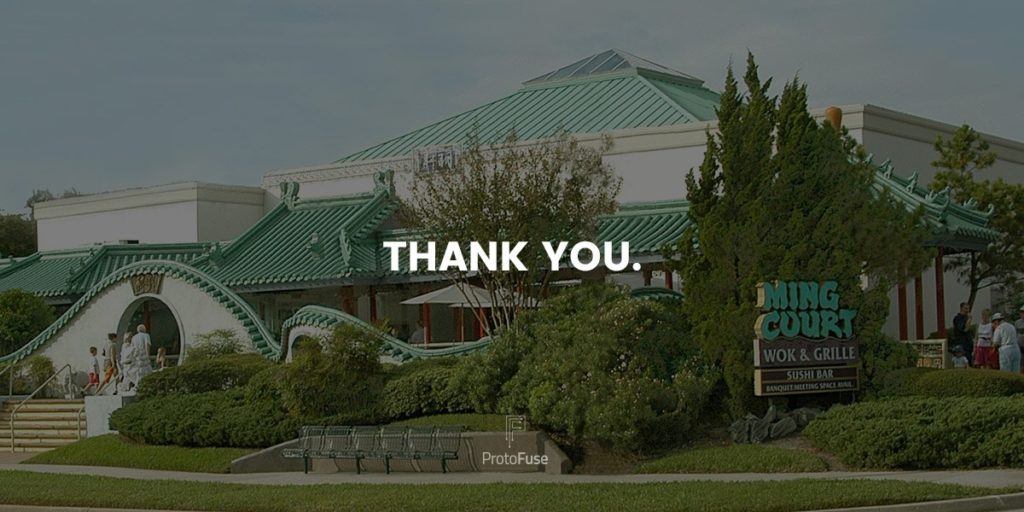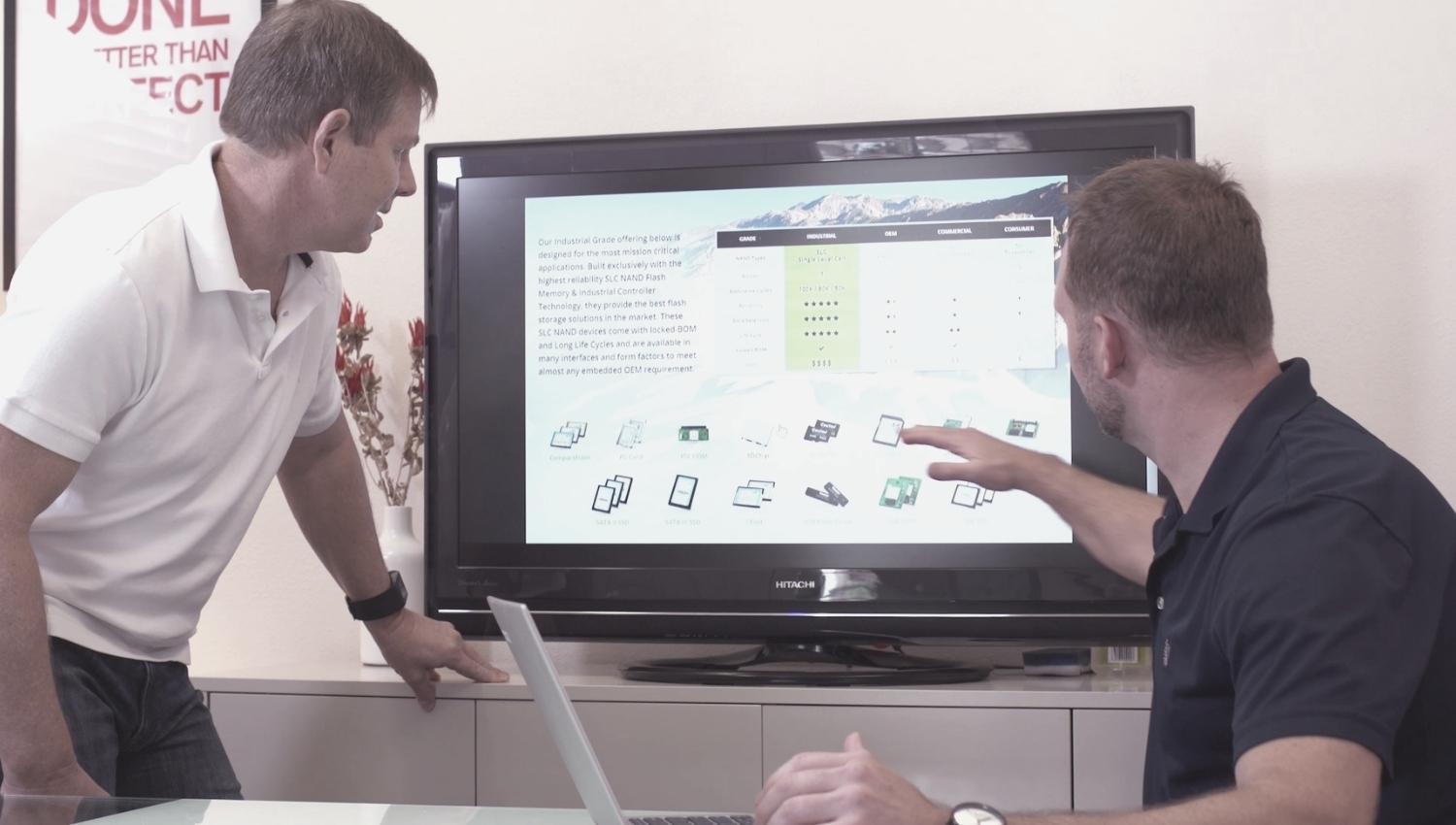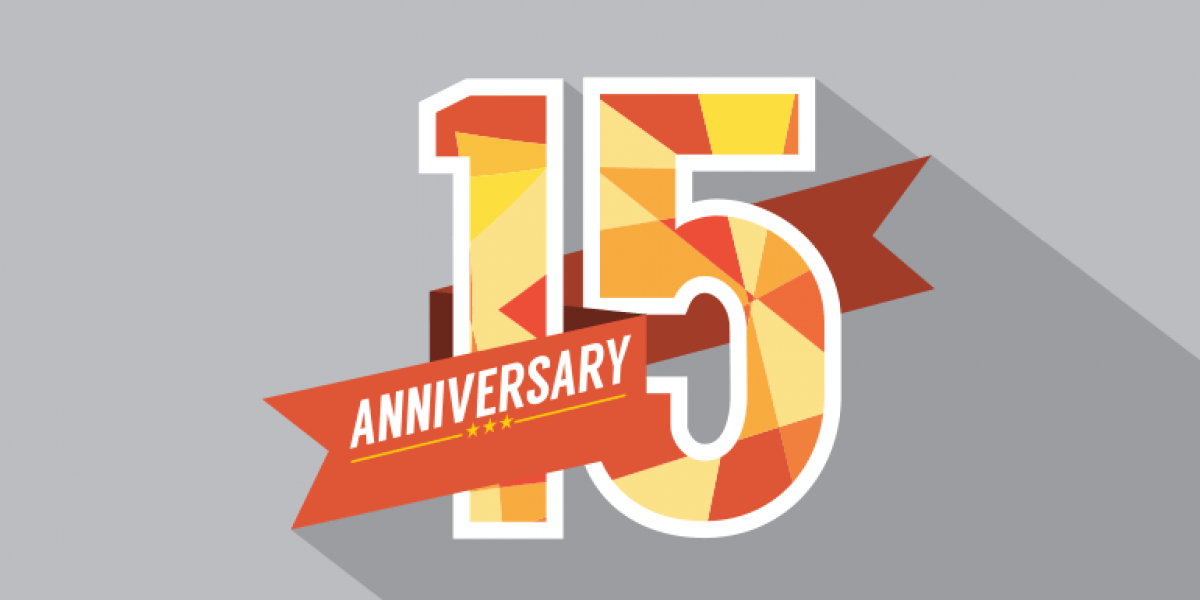
15 Years, 15 Lessons in Website Design & Client Service
Updated last on:
February 21, 2025
I’ve played a role in 300 different websites since 1999. Here are the top 15 lessons I’ve learned about designing and marketing websites for clients.

by Eric Sharp
TOPICS:
Hello websites, hello Millennium
I began my professional career at the tail end of 1999, one month before the turn of the Millennium.
Let me save you the math — that’s now 15 years, marking 2015 a milestone of sorts.
Seems like only yesterday I ditched the pursuit of a Mechanical Engineering degree to transplant myself in Orlando and focus on Digital Media at Full Sail University. Immediately after graduation, I caught the wave of the dot-com boom. The first 5 years were wild and fun; the next 10 were more focused and humbling (mainly self-induced by owning and operating a small business).
Over the last 15 years, I’ve played a role in over 300 different websites — of all shapes and sizes. That’s a large enough sample size I believe to have learned a few things.
Here are the top 15 lessons I’ve learned about designing and marketing websites for clients in the last 15 years.
1. The ideal User Experience is never “done”
A website is not “set it and forget it”. It should be handled like a garden; something that needs constant water, sunlight, fertilizer and weeding to produce fruit.
There was a time where I thought web design was art — naively of course. My #1 goal was to perfect every pixel, and then wipe my hands of it once it went live. Then I realized a businesses’ needs grow and shift over time, and a website needs to do the same.
A website’s qualitative and quantitative data is the absolute best learning tool. You find out quickly what’s working and what’s not. You iterate on a design. You measure a marketing campaign. You improve your SEO and create new content that matters. Then you repeat.
A website is never really done.
The ideal UX is not a destination; rather it’s a journey.
2. Most things take longer than expected (so plan for it)
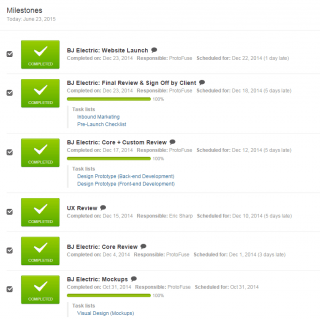
Designers and developers can sometimes be eternal optimists. We say 10 hours, and it actually takes 20. We say Friday, but it’s really the following Tuesday.
The best account and project managers accurately plan and estimate because they understand a concept that designers and developers overlook.
Margin.
Sometimes a key feature stumbles upon an unknown. Third-party integrations never go completely smooth. Website content takes longer than planned. Hard drives die. Someone gets the flu.
Having a healthy cushion in a project plan is always necessary. If you don’t need it, great, you launch ahead of schedule!
3. Over-communicate if there’s ever a doubt of miscommunication
Assumptions paralyze both a team’s efficiency and a client’s understanding. I now start to twitch when I hear statements like:
- “I’m pretty sure the client understands our design ideas.”
- “I believe those assets are being sent.”
- “I think everyone knows the project’s next steps.”
My gut then says, “Let’s confirm, just to make sure.”
Whenever I feel that miscommunication has taken place, I over-communicate. It eliminates assumptions and helps everyone (both my team, and the client) focus on doing the actual work. Project management software, short meetings and sometimes taking 30 seconds to clarify a detail helps prevent miscommunication.

4. Audience is always FIRST priority
I painfully remember the days when I designed without considering the people that would actually be using the website. I didn’t create or utilize audience insights, and I brought my preferences to the decision-making process.
Crazy, right?
In his book, The User is Always Right, Steve Mulder says we “Assume that a website’s users think and act like we do.” Successful websites get everything right (e.g. architecture, content, calls to action) because they’ve taken the time to understand their audience.
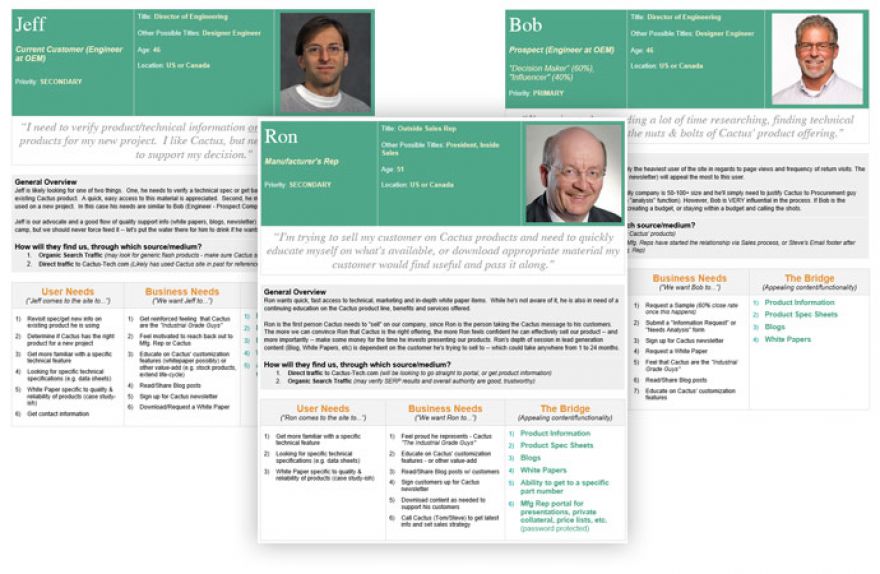
5. Google Search isn’t going away

And it continues to grow.
Google owns the search engine market (78% specifically). Once they leaped ahead of Microsoft and Yahoo in the early 2000s, they became a household name. Almost everybody with internet access and a computer “Googles” at least once a day.
Though their lack of full transparency and debatable monopoly status rubs some people wrong, I think every smart business is taking an “if you can’t beat ‘em, join ‘em” stance.
I’ll be captain obvious here. Google is here to stay. Every business trying to sell a product or a service needs to set the goal of first page of Google or bust.
6. Websites, and the marketing of websites is constantly evolving
Five years ago, no one heard of Responsive Web Design. Yet, it’s quickly become somewhat of a web standard these days because it ensures a website is multi-device friendly and provides a single code base for a company to manage.
Three years ago, most small to mid-sized businesses had no clue how powerful Marketing Automation was. Now there’s hundreds of companies offering the software and everybody wants to integrate with it.
My point? Web design and marketing is constantly evolving. What works today, may not work in 3 years. What’s not available today, is probably right around the corner. Here’s my mantra:
It’s my job to ensure my team, and my clients, keep one foot in the present and one in the future.
7. There’s always someone smarter than me
I was lucky to collaborate with talented and diverse professionals early in my career.
- Ethan Pitsch, my old partner at Caxiam, consistently exercised my left brain
- Naveed Usman inspired me to explore new techniques & styles
- Scott McDowell evangelized the importance of requirements
- Hank Miller showed how laughter can galvanize a team’s morale
- Jim Connor exhibited approachability (even when you’re the smartest guy in the room)
- Ray Lonsdale opened my eyes to the craft of Photoshop
- Albert Holaso grew my ability to think about design through a coding lense
- Karen Leslie articulated the power of clear messaging in communications
- Will Scheuer constantly reminded me that people still use Internet Explorer
- David Pheobus stretched my UI skills with every mockup I handed him
- Darren Beyer patiently injected usability into my daily vocabulary
- Matt Riggsbee extended my CSS knowledge (and bewildered me with his mouse’s sensitivity & speed)
- David Huffaker demonstrated how you brought the pieces of a project together
The list could certainly go on.
These people forced me to remain humble, and wildly curious those first few years. It was a necessary, and sometimes painful journey.
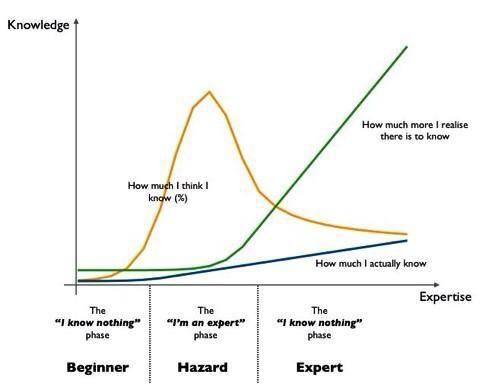
15 years later and I’m even more cognizant of the importance of humility and curiosity. I’ve learned of the risks that come with experience (e.g. closed-minded to new ideas, curse of knowledge).I believe there’s always a better way to do something, which strives my insatiable appetite for the best information from people smarter than me.
The only true wisdom is in knowing you know nothing.Socrates
8. Vague, undocumented and non-agreed upon specifications can wreck a website (and a relationship)
Nothing slows down the process faster than playing the old “we talked about this” game.
Not enough documentation is #1 on my list of how a website could blow its budget. Both the client and the agency will eventually (because it typically rears its ugly head later in the project) be up that creek without a paddle.
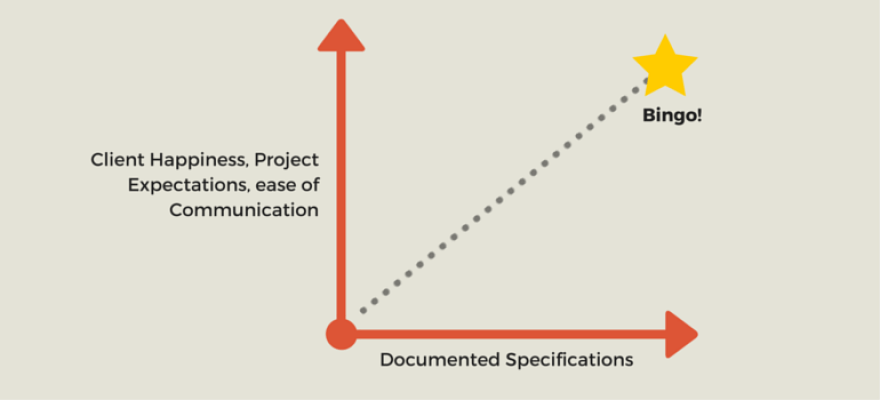
9. Design trends come and go, but sound strategy & fundamentals do not

Remember Flash before Apple crushed it? How about those trendy “Intros”? They were so hot for a few years. (I know because I was paid to create them!) But, why? Did they make the user experience better? Were they full of valuable information? Of course not. That’s why we all clicked that “Skip Intro” link every time we saw one.
Flash intros are a great example of a design trend that flopped. Rarely do you see one these days unless it sits on a dated website (and we all know outdated websites damage a company’s credibility). Design trends rarely stick around because they’re typically rooted in a desire to be popular and avant-garde.
Contrarily, a website rooted in sound UX, a documented website strategy, proper usability, and timeless design fundamentals will always generate a more sustainable website.
Striving to win a popularity contest with your website’s design will frustrate users & kill conversion.
10. We’re all figuring out this web design thing together
I consider myself a web design and inbound marketing professional. But honestly, I still feel like I’m figuring things out as I go along.
Maybe it’s because the profession of designing and marketing websites has only been around for about 20 years. Though the first website launched in 1991, people didn’t start diving in until the mid-1990s.
There would be a dramatic difference in the length of existence if you compared web design to other design industries. Architecture, for example, has been around since the Roman Empire. Industrial design got its start in the mid 18th century.
Even after 15 years, there’s still so much to learn. Partially because websites are still evolving (see #6 on this list), and partially because it’s still young — relatively speaking.

11. Put Content First (because it’s the heart & soul of a website)
I’ve run the gamut of the web design process.
I’ve pushed pixels and wrote HTML. I’ve structured sitemaps and designed wireframes. I’ve researched keywords and customized Google Analytics reports.
Because I’ve played every role of building a website (sans custom programming), I now have the luxury of seeing the value of each.

Though every element is important, words, the actual words on the website, are the most important element. It only took me a decade to figure it out.
Content was always an afterthought until I started helping clients market their websites and improve conversion. Putting “content first” means that I start discussions early in the process. I stress its importance. I use wireframing to plan better content. I don’t let clients get away with “We’ll just have some content here” during planning. I labor over verbiage on calls to action.
Content. Is. Still. King.
12. Always be prepared
It was 2006, and we just landed our first International client. I was on my way to the Bahamas to finalize website specifications with their team of engineers in effort to create an accurate proposal and eventually kick off the revamp of (then URL) my-BEC.com.
The Bahamas Electricity Corporation is a 50+ year organization and provides power to 85% of the nation. This was big. I was on a mission to clear up some hazy requirements.
Once I arrived at the BEC facility, Robert (the appointed project manager), walked me down this long corridor towards two beautiful mahogany double doors. We stopped at the entrance, and our casual banter turned serious. Robert then said to me…
Eric, the executive team wants to meet you. They’re looking for a presentation.
As if it were scripted, the double doors swing open, and I see this…
I had no handouts. I had no laptop. I had no presentation. I had nothing.
I about threw up.
Luckily, I maneuvered my way through it. The makeshift presentation was only 15 minutes, but it was the most grueling quarter of an hour of my professional career. I eventually met with the engineers, fleshed out 40 pages of requirements in two days, created the proposal and we won the project.
I made myself a promise that day. Always be prepared. Expect the unexpected. You never know what kind of room you’re walking into.
13. A snappy User Experience beats a glamorous one
Why?
For the simple reason that “people engage more with a site when they can move freely and focus on the content instead of on their endless wait”. (see study)
Speed matters.
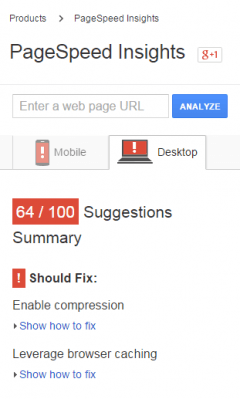
40% of people will abandon a website if it takes more than 3 seconds to load. Even slow website interactions create abandonment such as:
- clunky drop down menus
- delayed user feedback (e.g. “Added to Cart!”)
- sluggish animations
Google’s products (e.g. Search, Gmail, Docs) are not overly glamorous, even after Larry Page revolutionized their design approach in 2001. But, this non-sexy approach works, obviously.
Call this methodology “Google-inspired,” “Web 2.0” or whatever you want — everyone appreciates a speedy website. If I don’t put an emphasis on a snappy UX for my clients, I’m not doing my job.
14. SEO is a Science AND an Art
There was a time where I thought search engine optimization was only scientific. Do some keyword research, plug them into your content, watch rankings soar.
Um, not so much.
SEO is more than just research, numbers, and analytics.
Search engine optimization also takes a creative mind to be successful. How do keywords get organized within a site’s architecture? How do we write valuable content that robots understand, and people love? How do we ensure optimal UX? (since UX is now a mobile ranking factor).
When companies seek to answer these multi-dimensional questions, they start to see the results that SEO promises.
With years of repetition and a commitment to learning, I now fully understand that SEO takes a left and right brain approach.
15. Writing makes me a better expert
I started casually blogging professionally in 2010. I became serious in 2012, and now I commit myself to at least 2,000 words a month. I didn’t know this initially, but writing blogs has made me a better professional.
Writing helps me in 5 ways:
- Forces me to research best practices
- Clears out the cobwebs around website-related strategies & tactics
- Solidifies my position on certain polarizing topics (like why a brochure website doesn’t work anymore)
- Exercises my creative muscles
- Improves my problem-solving ability
What will the next 15 years teach me?
Web 4.0? A new search engine? Augmented reality? (like you’d see in Minority Report or Ironman)
Whatever awaits us website and marketing professionals, I know we’ll be ready.
Roads? Where we’re going, we don’t need roads.

Need website help?

We're all about websites — especially websites that are loved by people and Google.
Since 2001, we've been helping clients nationwide turnaround their outdated and under-performing websites.

"Our website is generating quality leads every week thanks to their website consulting."
Steve L.
Cactus Technologies
Hey, you made it!
There is gobs of information available today — I'm honored you found this article interesting enough to make it here. I hope this insight leads you to a better-performing website!

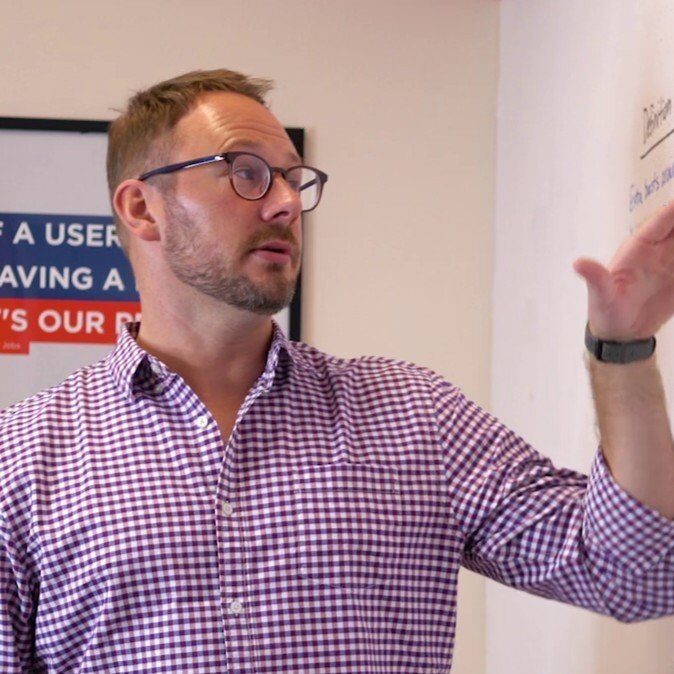
About the Author
Eric Sharp is the founder of ProtoFuse and has been in the website trenches since 1999 — right before the dot-com boom redefined the website landscape. Since then, he's accumulated 25 years of digital marketing experience and prides himself on creating websites "Loved by people and Google". Outside of websites, it's all about fam time with his wife and 3 kids. He enjoys CrossFit, cooking steak on his cast iron skillet, collecting Jordan sports cards, and Daaa Bears.

